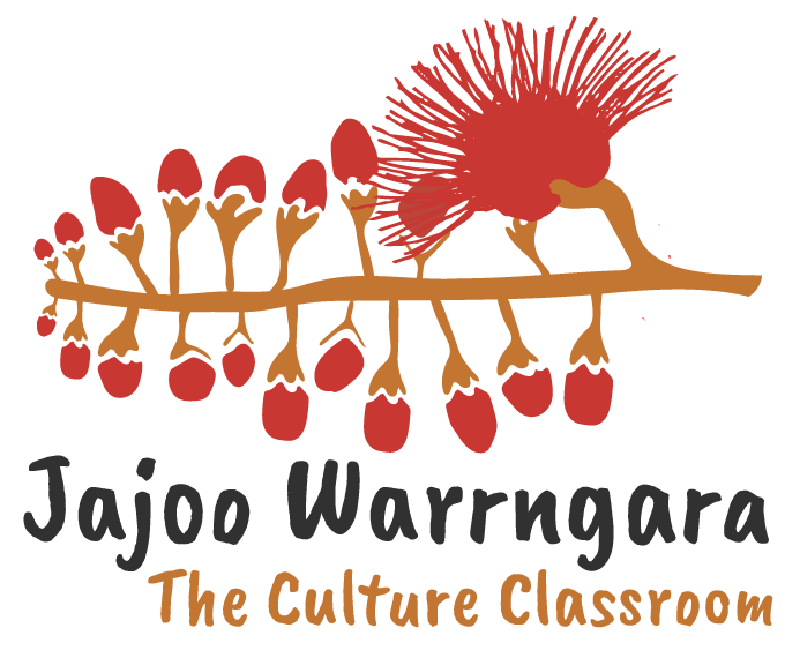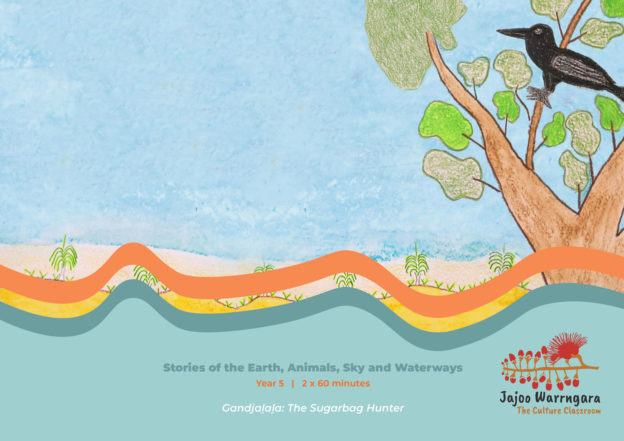Cross Curriculum Priorities
Aboriginal and Torres Strait Islander Histories and Cultures
A_TSICP1 First Nations communities of Australia maintain a deep connection to, and responsibility for, Country/Place and have holistic values and belief systems that are connected to the land, sea, sky and waterways.
A_TSIC1 First Nations Australian societies are diverse and have distinct cultural expressions such as language, customs and beliefs. As First Nations Peoples of Australia, they have the right to maintain, control, protect and develop their cultural expressions, while also maintaining the right to control, protect and develop culture as Indigenous Cultural and Intellectual Property.
A_TSIC2 First Nations Australians’ ways of life reflect unique ways of being, knowing, thinking and doing.
A_TSIP1 Australia has 2 distinct First Nations Peoples; each encompasses a diversity of nations across Australia. Aboriginal Peoples are the first peoples of Australia and have occupied the Australian continent for more than 60,000 years. Torres Strait Islander Peoples are the First Nations Peoples of the Torres Strait and have occupied the region for over 4,000 years.
Curriculum Links
AC9E5LA01 understand that language is selected for social contexts and that it helps to signal social roles and relationships
AC9E5LA07 explain how the sequence of images in print, digital and film texts has an effect on meaning
AC9E5LE01 identify aspects of literary texts that represent details or information about historical, social and cultural contexts in literature by First Nations Australian, and wide-ranging Australian and world authors
AC9E5LY01 describe the ways in which a text reflects the time and place in which it was created
AC9E5LY04 navigate and read texts for specific purposes, monitoring meaning using strategies such as skimming, scanning and confirming
AC9E5LY05 use comprehension strategies such as visualising, predicting, connecting, summarising, monitoring and questioning to build literal and inferred meaning to evaluate information and ideas
AC9HP6P01 explain how identities can be influenced by people and places, and how we can create positive self-identities
AC9HS5K04 the influence of people, including First Nations Australians and people in other countries, on the characteristics of a place
AC9HS5S07 present descriptions and explanations, drawing ideas, findings and viewpoints from sources, and using relevant terms and conventions
AC9ADR6E01 explore ways that the elements of drama are combined to communicate ideas, perspectives and/or meaning in drama across, cultures, times, places and/or other contexts
AC9ADR6E02 explore the ways that First Nations Australians use drama to continue and revitalise cultures
AC9ADR6D01 explore ways to combine the elements of drama to communicate ideas, perspectives and/or meaning in improvisations, devised drama and/or scripted drama
AC9ADR6P01 rehearse and perform improvised, devised and/or scripted drama in informal and/or formal settings
AC9AMA6E01 explore ways that media languages and media technologies are used in media arts works and practices across cultures, times, places and/or other contexts
AC9AMA6E02 explore ways First Nations Australians use media arts to continue and revitalise cultures
Unit Content



